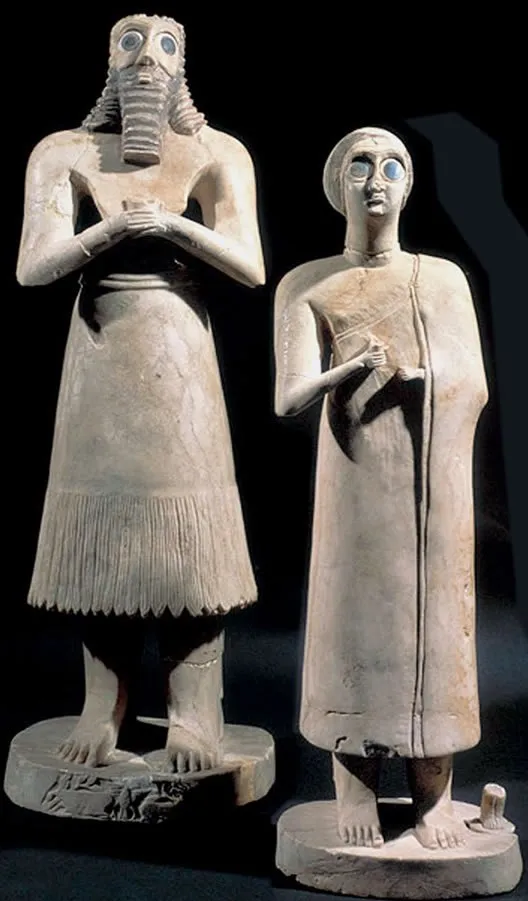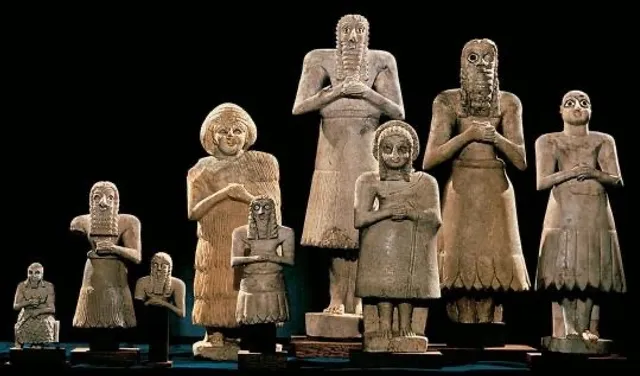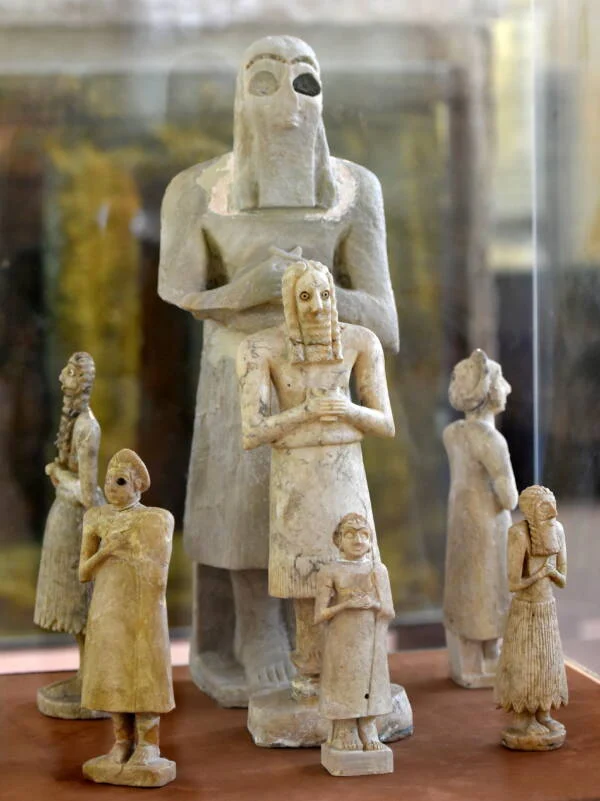Mesopotamia’s Alien Race: 450,000 Years Ago?
According to the book The 12th Planet by author Zecharia Sitchin, there was a race of people called the Anunnaki from another planet, with extremely advanced technology, who settled in Mesopotamia hundreds of thousands of years ago.

According to Mesopotamian mythology, in the past the Anunna or Anunnaki were often considered gods who lived with the god Anu in heaven. But then, it is not clear why the Igigi are considered angels while Anunna is the term used to refer to the gods of the underworld.
So who are the Anunnaki?
The term Anunna appeared in 1964 in the book “Ancient Mesopotamia: Portrait of a Dead Civilization” by author Adolph Leo Oppenheim, who popularized this concept.
In addition, another author, Zecharia Sitchin, has published since the 1970s a series of dozens of books called “Chronicles of the Earth,” in which he also describes in detail details about the Anunnaki.
Sitchin’s book also offers translations from ancient Sumerian, including descriptions of the Anunnaki.

Sitchin’s book, The Twelfth Planet, tells of the appearance of the Anunnaki on Earth, who came from a planet called Nibiru about 450,000 years ago. They are creatures about 3 m tall, with beards, white skin and long hair. They arrived in the land of Mesopotamia and settled there for a long time.
According to Sitchin’s writings, the technology and power of the Anunnaki is something our civilization cannot replicate even in the 21st century.
Sitchin says that the ancient inhabitants of Nibiru were capable of space travel and possessed genetic technology 450,000 years ago. They came here to mine gold and left traces of their existence in large and small projects all over the planet. These could be the pyramids (Egyptian, Mayan, Aztec and Chinese), the megalithic monument of Stonehenge, the spaceship of Baalbeck or the lines of Nazca and Machu Picchu.

There are many theories, some scholars think it is just a myth, others think they are visitors from another planet who came to Earth thousands of years ago.
Mysterious planet Nibiru: Home of the Anunnaki?
In 2008, Japanese researchers announced that they had calculated that there was an “undiscovered” planet at a distance of about 100 AU, two-thirds the size of Earth. (AU is a unit of length, roughly equal to the distance from Earth to the Sun, about 150 million kilometers.) These calculations support the hypothesis of the existence of Nibiru, or Planet X.
According to several ancient Mesopotamian texts, there is strong evidence to support the hypothesis that Nibiru has an orbital period of 3,600 years. The Sumerians considered the number 3,600 to be a great cycle.

Interestingly, the Washington Post once wrote about a mysterious planet: “There is a celestial body as big as the giant Jupiter and it may be very close to Earth, it will be part of the solar system, yet to be discovered. Seen in the direction of the constellation of Orion thanks to an infrared telescope on board an American astronomical satellite…”
“All I can tell you is that we don’t know what it is,” said Gerry Neugebauer, scientific director of IRAS.
In addition, there are also others who mention Nibiru. An article that appeared in 1988 in the Astronomical Journal by author R. Harrington also wrote about the existence of an unknown giant planet. Harrington suggested that there exists a planet three to four times larger than Earth and located three to four times farther away than the distance from the Sun to Pluto. According to the mathematical model introduced, planet X, also known as Nibiru, is believed to have an elliptical orbit of 30 degrees.

According to ancient records, Nibiru was shrouded in a cloud of red iron oxide dust, causing rivers and lakes to turn red. This mysterious planet is believed to be home to the alien race Anunnaki, four times larger than the diameter of Earth. It is believed to cause dark days when passing by other planets, and may even stop spinning during its transits through space due to its incredible inherent magnetic properties.
Nibiru is called “The Destroyer” in the Kolbrin, a Bible from the Glastonbury monastery in Scotland: “Men forget the dark days of the Destroyer. Only the wise know where he has gone and that he will return at a certain time… He is the Destroyer… He is bright, fierce and ever changing, appearing suddenly… a fiery ballast of a celestial body.”






